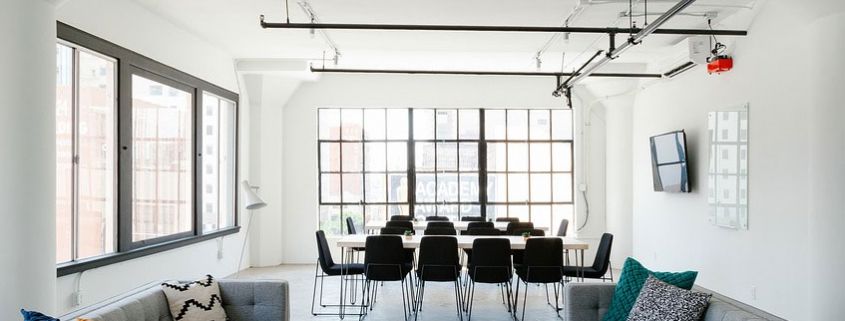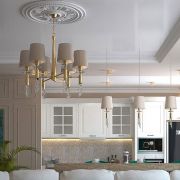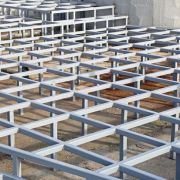Modern Coving Ideas
Modern Coving Ideas • Acoustic Works • Interior Specialists • Wall Rendering • Suspended Ceilings • Glazed Partitioning • Dry Lining • Commercial Interiors • Retail Interiors • Shop Refits
Modern Coving Ideas for Stunning Interiors
In its simplest terms, coving serves a practical purpose. It’s installed in order to soften the angle where the ceiling meets the walls, and it covers any settlement cracks that appear there because of heat expansion. Coving has always served more than just its practical purpose, though. We’ve been using it to decorate our rooms for centuries, and it’s a trend that’s still incredibly popular.
Dry Lining Coving Work
Traditional coving work uses a blend of materials including gypsum, fibrous plaster, jute scrim and plaster of Paris. There was even horsehair added in for texture! Luckily 21st century coving is a simpler, and faster process. The StanLil team uses dry lining coving panels which can be fixed, and painted quickly, without compromising on the elegance and style which is integral to this historic, decorative plasterwork.
Retro-Fitting Coving for a Vintage Chic Effect
Coving is no longer a standard fitting in newly built homes, but many of our clients are now asking us to retro-fit coving panels in order to create a ceiling feature that has a vintage feel. We’ve all seen how coving is used in historic properties to ‘finish’ a room. Well, now there are a range of coving styles to lend an aristocratic elegance to contemporary homes.
- Classic Coving – this is normally fitted once you’ve papered or painted your walls. It’s an inverted ‘C’ shape panel which comes in in a range of sizes, measured by the diagonal of the coving curvature. In most cases, the classic coving is painted white, and provides a pleasing sense of symmetry with the skirting board.
- Decorative Coving – if you’re feeling brave, you might want to think about making a feature of your coving. If you have a large room with a high ceiling, a broad decorated coving panel can look stunning. The decoration can range from geometrical patterns to painted border illustrations featuring animals, plants or text.
- Accent Coving – if you have a colour scheme which would benefit from accent tones, coving is an excellent way to achieve this. If you have walls and ceilings in contrasting colours, coving can provide a new accent. This feature requires boldness, but it certainly wakes up the room and offers a new dimension to your chosen colours.
- Picture Rails – these offer definition to your room by showing where the coving stops and the wall begins. Whether or not you choose to use your picture rail for its original purpose or not, this is a charming vintage feature.
StanLil Creates Beautiful Interiors
The StanLil team often say to customers, “If you can imagine it, we’ll create it”. Clients may not know how to achieve a decorative feature with coving, but they can imagine a room which draws the eye upward, extends the upward elevation of their interior design, and gives their home a period feel.
We’ve used coving work in period homes, new build properties, contemporary offices and high end retail designs. In every case the goal has been to transform the functional into something that has been finished with care and elegance. Modern coving ideas are designed to make a feature out of the functional.




